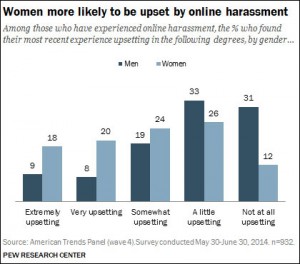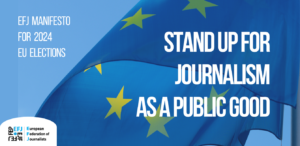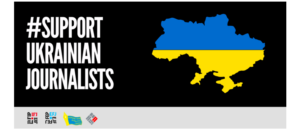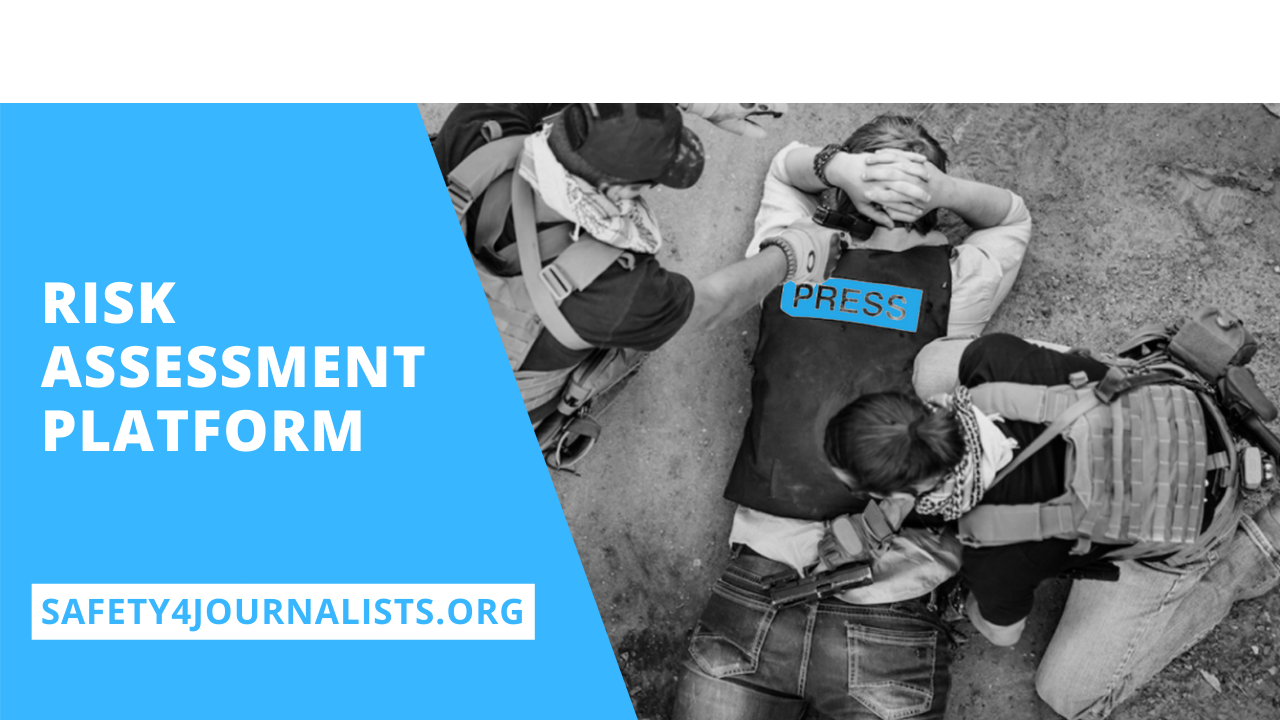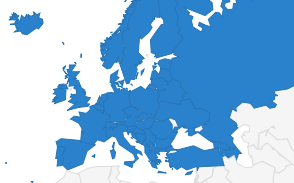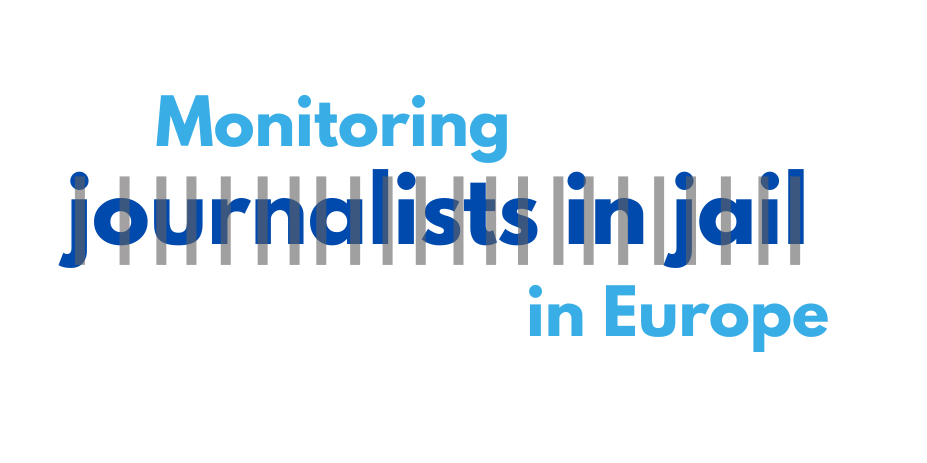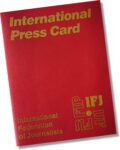International conference to counter online abuse and harassment of female journalists
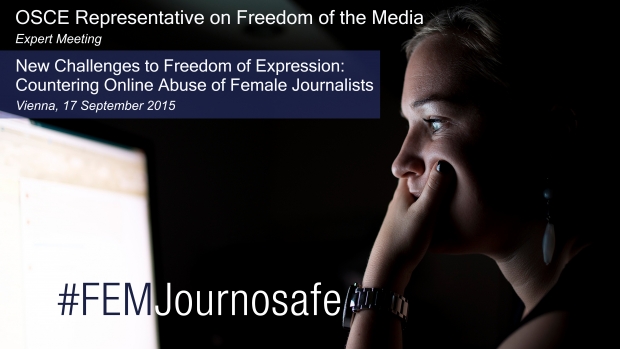
The European Federation of Journalists (EFJ), represented by its President, Mogens Blicher Bjerregård, will participate to a conference in Vienna on countering online abuse of female journalists held by the Organisation for Security and Co-operation in Europe (OSCE) Representative on Freedom of the Media in Vienna on 17 September.
The conference will gather experts in the field to help increase understanding and gravity of the issues involved best practices and possible solutions to tackle the mounting number of online threats targeting female journalists. Among the EFJ members, they rarely received reports of harassment by journalists and the problem is not widely known. Nevertheless, that does not mean that female journalists do not experience online harassment: the possibility that victims are afraid to testify or/and report their unpleasant experiences to others interlocutors (the police, for example) can’t be excluded.
Currently, there is very little research and study on online abuse or harassment facing female journalists. Most existing research focuses on gender online intimidation in general and (offline) sexual harassment experienced by female journalists.
Gender online intimidation
A 2014 Pew Research Center survey shows that about 40% of Internet users say they have experienced harassment. The survey suggested that women are generally much more likely to be harassed online than men, and the type of harassment is likely to be sexual. A study conducted by the University of Maryland in 2006 shows that when the gender of a username appears to be female, the user is 25 times more likely to experience harassment.
Sexual harassment experienced by female journalists
In 2014, the International News Safety Institute (INSI) and the International Women’s Media Foundation (IWMF) published a survey “Violence and Harassment against Women in the News Media: A Global Picture”. The survey showed that almost half (47.9% or 327 of 683) of the female journalists respondents said that they have experienced sexual harassment. [1] The majority of them said that the harassment occurred in the workplace (42.2% or 181 of 429) and was committed by a “co-worker”, “boss” or “supervisor”. Other perpetrators were “interviewees” (16.4% or 84), “others” (9.2% or 47), “government official” (7.8% or 40), “police” (4.7% or 24), “don’t know” (3.9% or 20), and “subordinate” (2.7% or 14). 93.8% of the harassment (270 of 288) was committed by “mostly men”.[1] The survey’s respondents come from Africa (11,26%), Arab States (4,81%), Asia and Pacific (26,51%), Europe (18,53%), Commonwealth of Independent States (1,64%), South America (10,64%), North America (27,84%). (Find more information : http://www.iwmf.org/executive-summary/).
Acts of harassment:
Graph 2: Acts of harassment.This graph comes from IWMF website.
However, only a minority of respondents who experienced sexual harassment said they have reported it. According to the survey, “of those who did report at least one incident, 32.7% (88 of 269) said they reported it to their employer. Fewer reported to the police (4.7% or 10 of 211) or another authority (8.9% or 19 of 213). When asked “why did you decide against reporting the sexual harassment?”, many respondents said they feared negative consequences. Others said they were implicitly or explicitly discouraged from reporting harassment.”
The issue of harassment add to other obstacles (glass-ceiling, under-representation and so on) for female journalists to advance in their careers.
Dunja Mijatović, the OSCE Representative on Freedom of the Media, recently (27 August 2015) wrote in an online column for Index on Censorship: “Online abuse must be dealt with within the existing human rights framework, with governments committed to protecting journalists’ safety and addressing gender discrimination. Governments must ensure that law enforcement agencies understand the severity of this issue and are equipped with the necessary training and tools to more efficiently investigate and prosecute online threats and abuse.”
If you want to know more about the conference and online harassment facing female journalists, get updates via Twitter using the hashtag #FEMJournosafe. The conference will also be webcast live on osce.org/live.
Photo: OSCE

